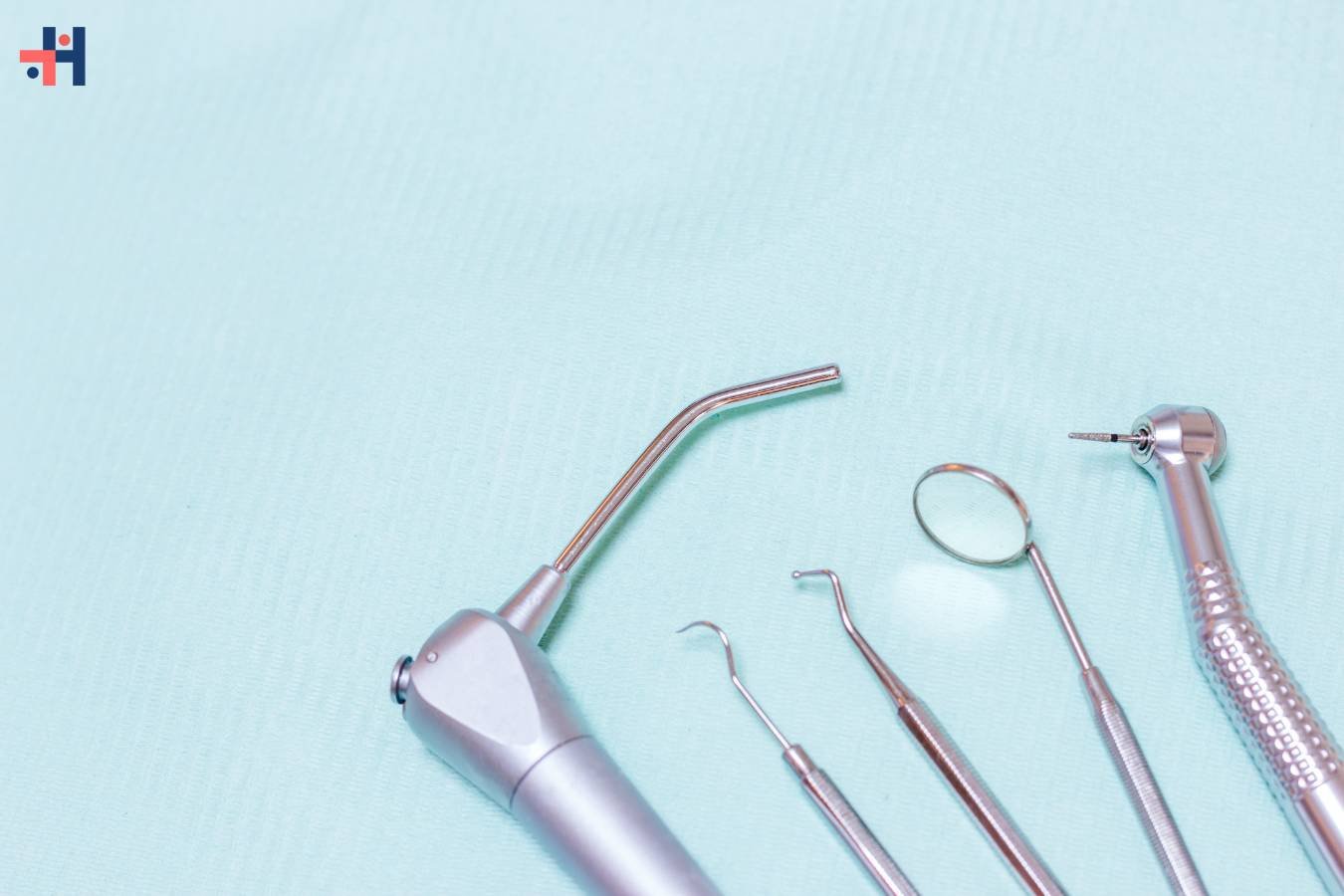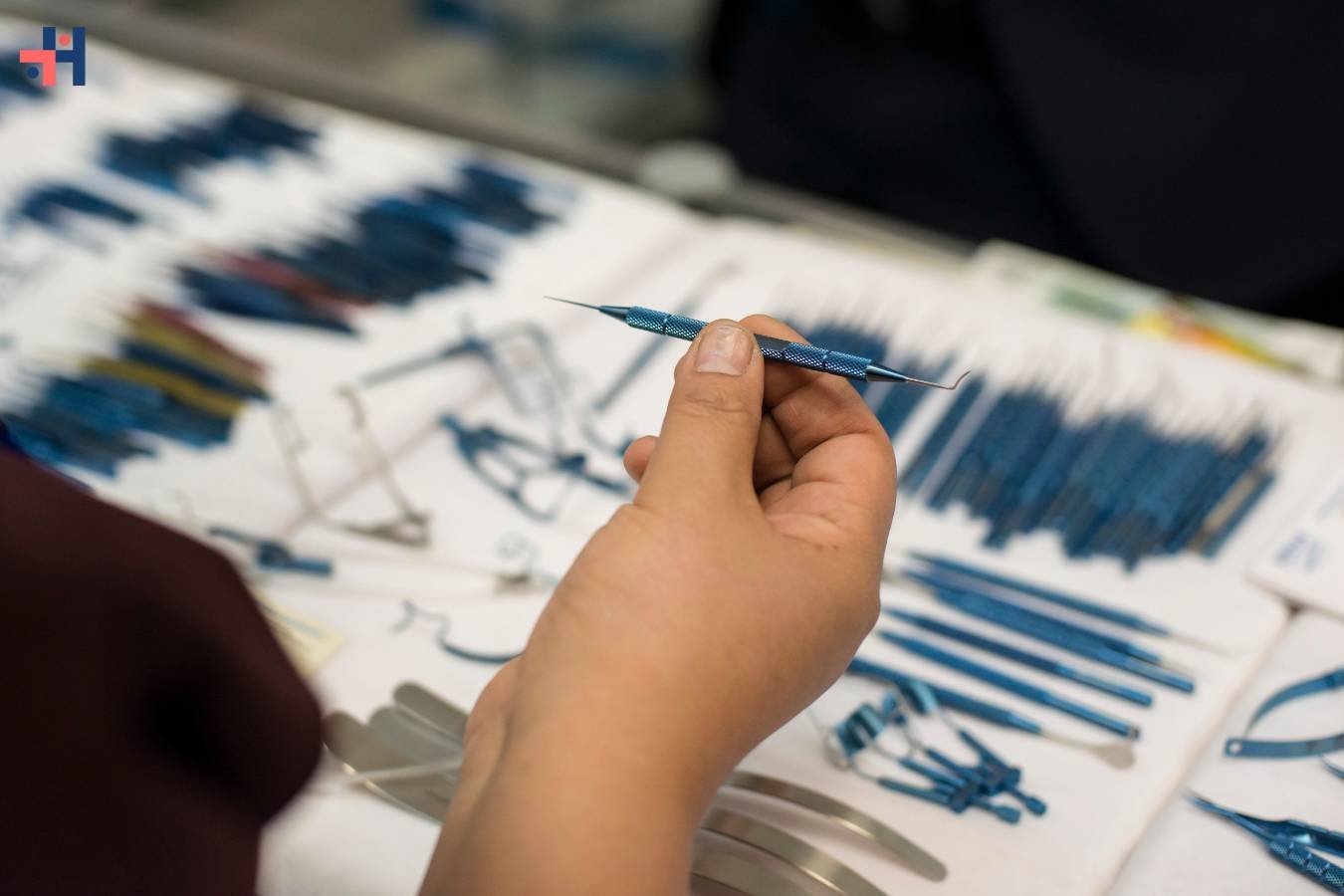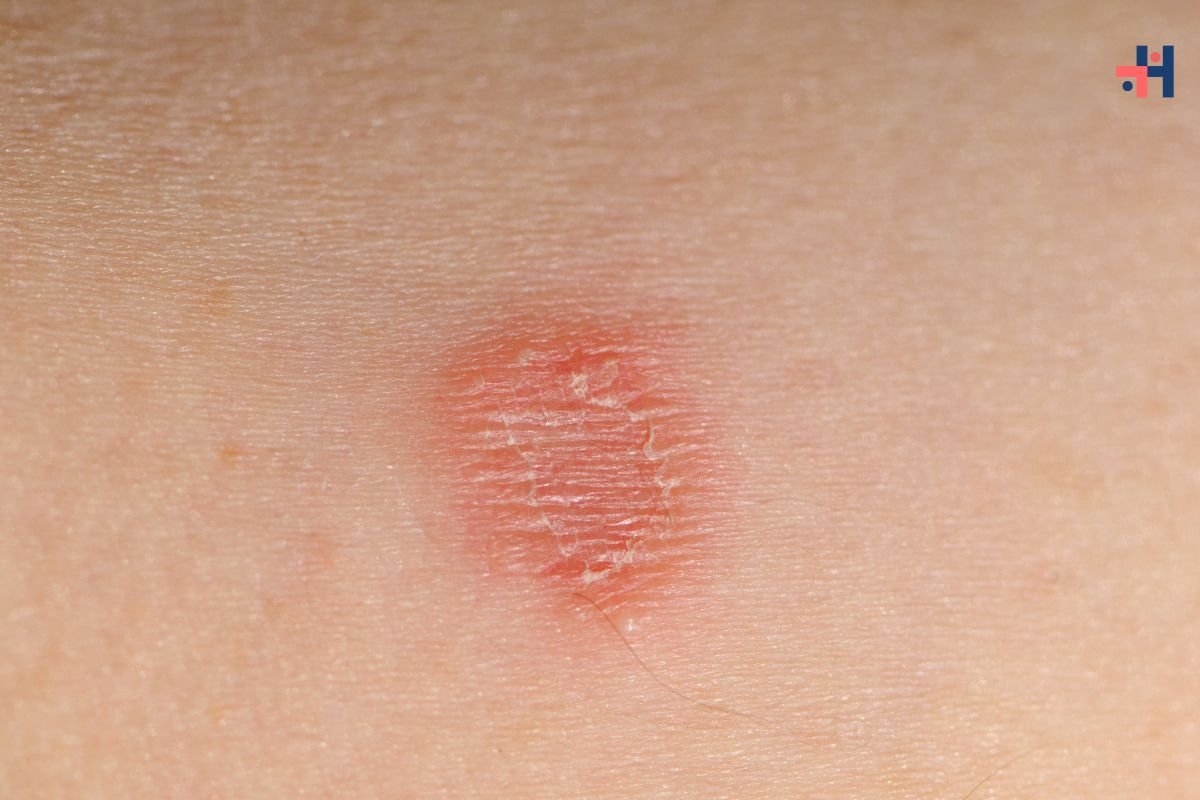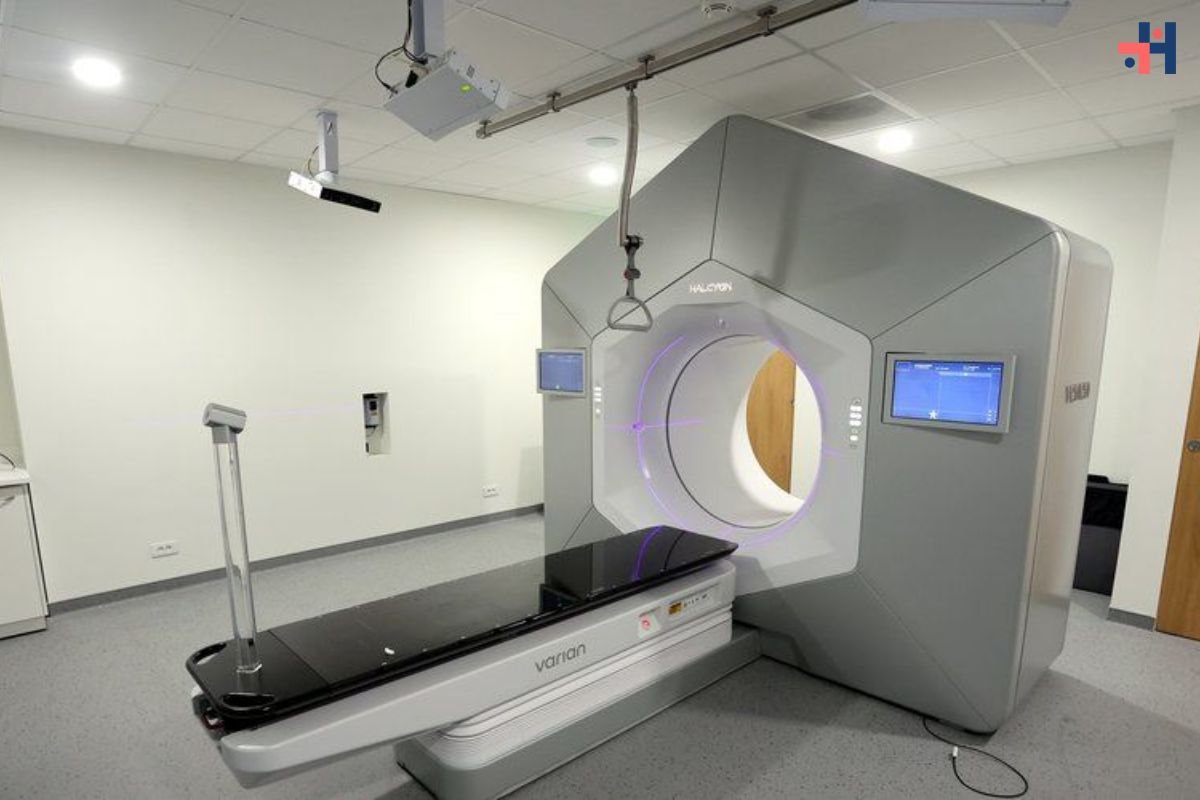In modern medicine, precision and accuracy are paramount. Nowhere is this more evident than in microsurgery, where intricate procedures require specialized tools designed to manipulate tissues and organs with the utmost delicacy. Microsurgical instruments play a crucial role in enabling surgeons to perform complex procedures with precision, making them indispensable in various medical specialties. In this comprehensive guide, we delve into the world of microsurgical instruments, exploring their types, functions, and significance in advancing medical interventions.
Section 1:
Understanding Microsurgery and Its Importance Microsurgery, defined as surgical procedures performed under magnification using specialized instruments, has revolutionized modern medicine by allowing surgeons to operate on intricate structures with unparalleled precision. The significance of microsurgery extends across numerous medical specialties, including ophthalmology, neurosurgery, plastic surgery, orthopedics, and reconstructive surgery. Highlight the evolution of microsurgery and its impact on surgical outcomes. Discuss the diverse medical specialties that utilize microsurgical techniques and their respective applications in improving patient care and outcomes.
Section 2:
The Anatomy of Microsurgical Instruments are meticulously designed to facilitate precise tissue manipulation, suturing, and dissection. These instruments typically consist of fine, slender tips and handles, allowing surgeons to maneuver with utmost precision. Common features of microsurgical instruments include:
- Delicate jaws or tips for grasping and manipulating tissues.
- Ergonomic handles designed for optimal grip and control.
- Precision-engineered mechanisms for smooth and precise movement. Discuss the materials commonly used in manufacturing microsurgical instruments, emphasizing the importance of durability, sterility, and biocompatibility. Explain how these instruments are sterilized and maintained to ensure optimal performance and patient safety.
Section 3: Types of Microsurgical Instruments

- Microforceps: Microforceps are instrumental in grasping and manipulating delicate tissues during microsurgical procedures. These instruments come in various configurations, including toothed and non-toothed variants, each suited for specific surgical tasks. Discuss the diverse applications of microforceps in different surgical specialties, such as ophthalmology, neurosurgery, and plastic surgery. Explain how the design and tip configuration of microforceps influence their functionality and versatility in microsurgical procedures.
- Microscissors: Microscissors are essential for precise tissue cutting and dissection in microsurgery. These instruments feature fine, sharp blades that allow surgeons to perform intricate incisions with minimal tissue trauma. Describe the different types of microscissors, including straight, curved, and angled blades, and their respective applications in microsurgical procedures. Discuss the importance of blade sharpness, tip design, and handle ergonomics in optimizing the performance of microsurgical scissors.
- Microneedle Holders: Microneedle holders are designed to handle fine sutures and needles during microsurgical procedures, enabling surgeons to achieve precise tissue approximation and closure. Explain the unique features of microneedle holders, such as delicate jaws, fine tips, and ratcheted handles, that enhance surgical dexterity and control. Highlight the importance of proper needle handling techniques and instrument selection in achieving optimal surgical outcomes.
- Microsurgical Hooks and Probes: Microsurgical hooks and probes are utilized for tissue retraction, dissection, and access during microsurgical procedures. These instruments feature fine, tapered tips that minimize tissue trauma and facilitate precise maneuverability. Discuss the various types of microsurgical hooks and probes and their applications in neurosurgery, vascular surgery, and reconstructive surgery. Explain how the design and curvature of microsurgical hooks and probes influence their functionality in different surgical scenarios.
- Microvascular Clamps: Microvascular clamps are essential for occluding blood vessels during microsurgical procedures, such as vascular anastomosis and replantation surgeries. These instruments enable surgeons to temporarily block blood flow, facilitating precise vessel manipulation and repair. Describe the different types of microvascular clamps, such as bulldog clamps and vessel loops, and their respective applications in microsurgery. Highlight the importance of proper clamp placement and technique in minimizing tissue ischemia and optimizing surgical outcomes.

Section 4:
Advances in Microsurgical Instrumentation Recent innovations in microsurgical instrumentation have revolutionized the field of microsurgery, enabling surgeons to perform complex procedures with enhanced precision and efficiency.
Some notable advancements include the integration of robotics and miniaturized instrumentation in microsurgery, allowing for more precise tissue manipulation and suturing. Development of novel materials and manufacturing techniques, such as 3D printing and nanotechnology, for producing customized microsurgical instruments with superior performance characteristics. Introduction of advanced imaging technologies, such as intraoperative fluorescence angiography and optical coherence tomography, for real-time visualization and assessment of tissue perfusion and viability. Discuss the potential implications of these advancements on improving surgical outcomes and patient care in various medical specialties. Explore ongoing research and development efforts aimed at further enhancing the capabilities of microsurgical instrumentation, such as the development of smart instruments with integrated sensors and feedback systems.
Also Read: The Power of Modern Medical Diagnostic Tools
Section 5: Considerations for Choosing Microsurgical Instruments:
Selecting the appropriate instruments is essential for achieving optimal surgical outcomes and ensuring patient safety.
- Considerations for choosing microsurgical instruments include Compatibility with surgical techniques and procedures: Different microsurgical procedures may require specialized instruments tailored to specific surgical tasks.
- Ergonomics and ease of use: It should be comfortable to handle and maneuver, minimizing surgeon fatigue and optimizing surgical precision.

- Sterility and biocompatibility: It must be sterilized and manufactured from materials that are biocompatible and non-reactive with bodily tissues.
- Availability and affordability: Accessibility to high-quality microsurgical instruments at affordable prices is essential for healthcare providers worldwide.
- Training and education: Proper training and education in microsurgical techniques and instrumentation are essential for achieving proficiency and mastery in microsurgery. Highlight the importance of ongoing professional development and hands-on training programs for surgeons and surgical teams.
Conclusion:
Microsurgical instruments represent the pinnacle of precision and innovation in modern medicine, enabling surgeons to perform intricate procedures with confidence and efficacy. As technology continues to evolve, the future holds promising possibilities for further enhancing the capabilities of microsurgical instrumentation, ultimately benefiting patients and healthcare providers alike. By staying informed about the latest advancements in microsurgery and leveraging innovative tools and techniques, healthcare professionals can continue to push the boundaries of medical science and improve patient outcomes in diverse medical specialties.










